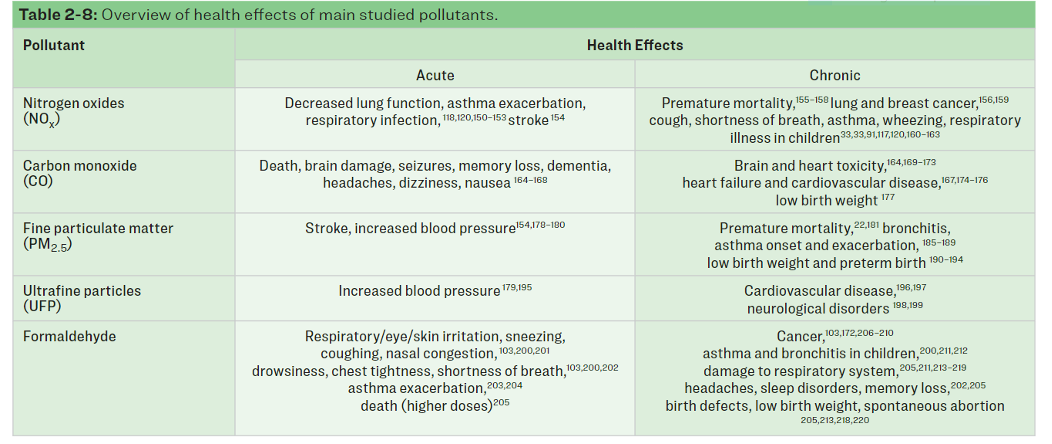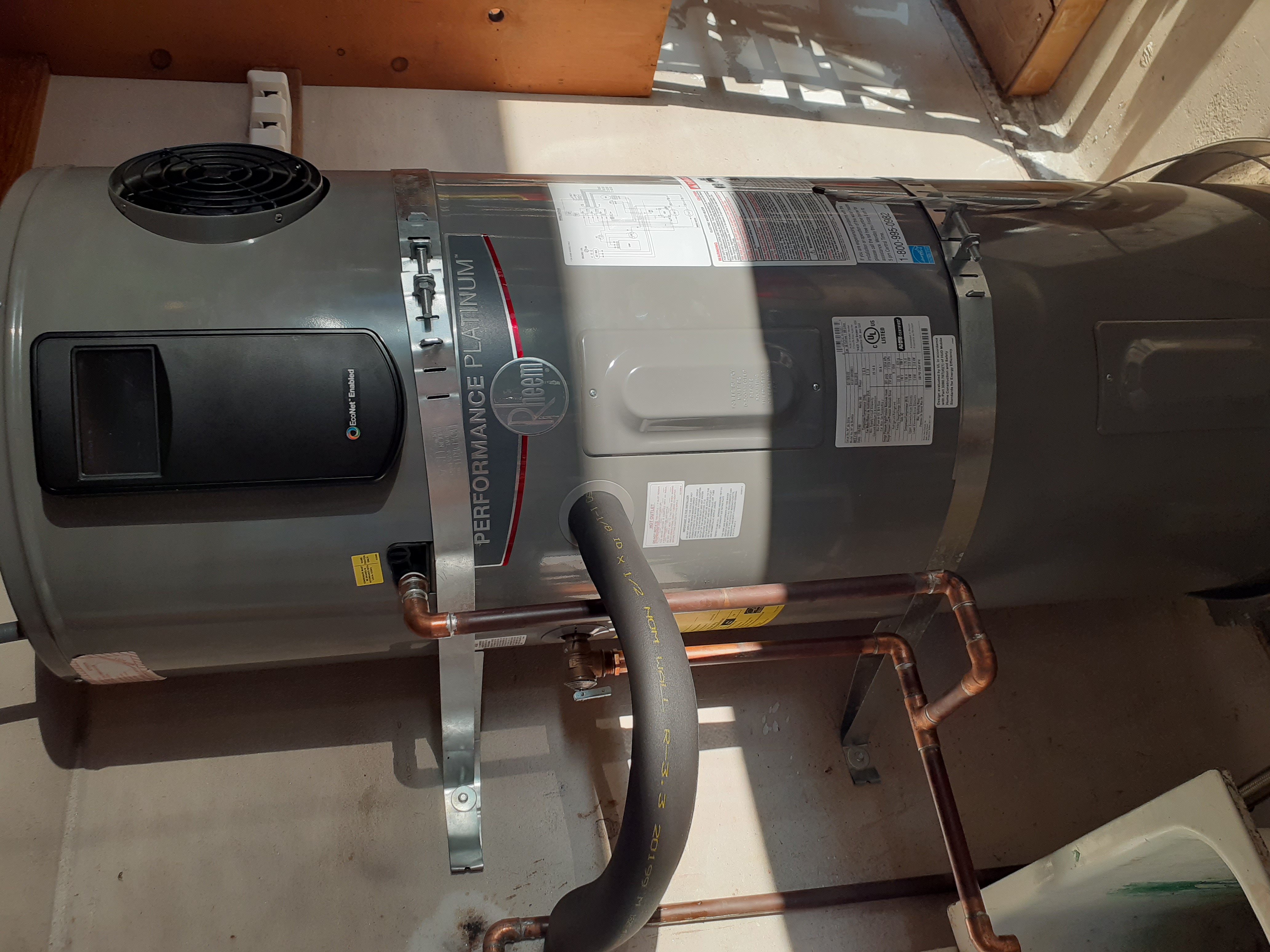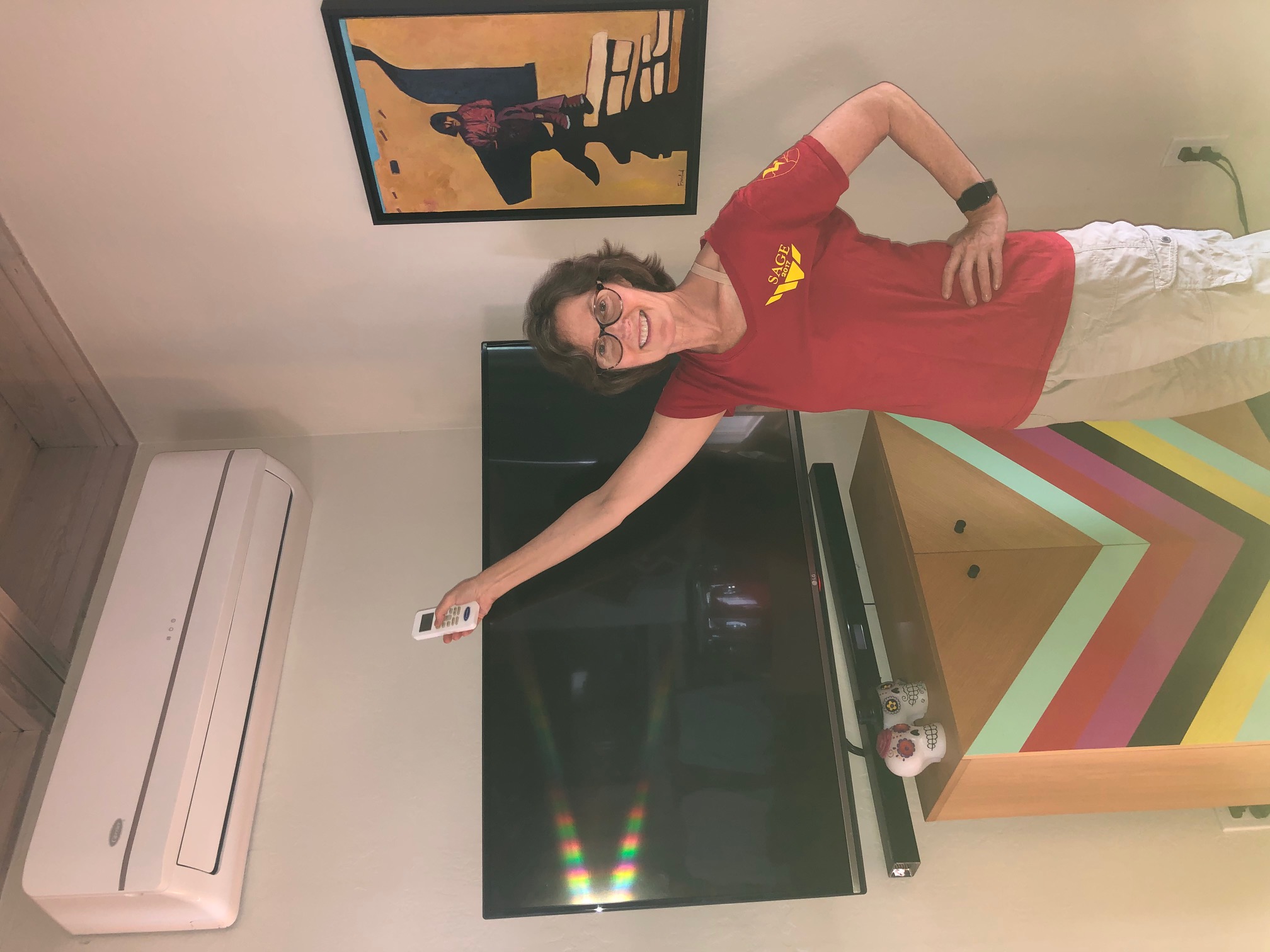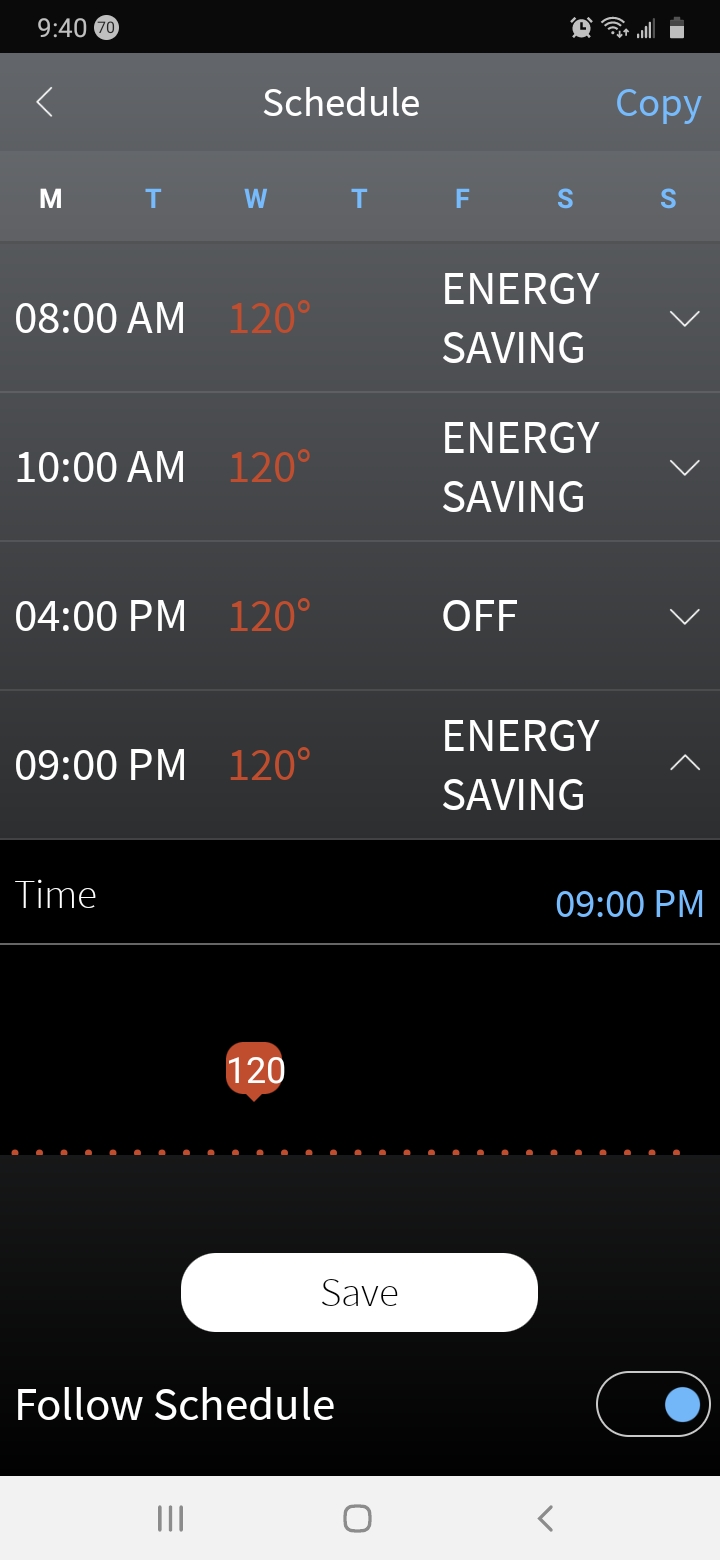Replace your Gas Appliances by 2035
By Angela Deegan
Fast forward to the year 2035 in San Diego. We’ve achieved our goal of a 100% clean power supply. All our electricity needs are supplied by carbon-free power. We’re proclaiming we’re a carbon-free city. But half the energy in our homes is still from burning natural gas?
Half of California residential energy use is “natural gas” - a fossil fuel. If in 2035 we’re still using gas for space and water heating in our homes, we will have failed. We will have missed a huge opportunity to tackle greenhouse gas (GHG) emissions and worsening climate extremes - which we could easily have done by switching our gas appliances to electric.
We must make the switch from fossil-fuels to electricity. It’s how we leverage the clean electricity goals that climate action groups like SanDiego350 and others have worked so hard to put in place. This concept of using 100% clean power for everything is referred to simply as “electrify everything”. It is key to slashing our greenhouse gas emissions and fighting against worsening climate extremes. “Everything” means everything that currently uses fossil fuels - like cars, buses, small engine lawnmowers, emergency generators, you name it! Inside the home, it means gas appliances.
We’re in a climate emergency. Here in California, it’s all around us - more destructive wildfires, longer fire seasons, and longer, hotter heat waves, coastal flooding. Continuing to add greenhouse gases to the atmosphere will only make it even worse.
Clean electricity is generated from renewable sources such as wind, solar and geothermal - not fossil fuels, like coal and gas. San Diego and many other California municipalities have committed to 100% clean electricity by 2035.
We’re well on our way towards the 100% clean electricity goal. In 2019, California’s electricity supply was 63% carbon-free. Each year as we approach the 2035 deadline, our power supply must get cleaner. If we can reach 100% clean electricity much sooner than 2035, all the better.
Let’s learn about how, by making smart decisions and planning ahead, you get the most out of this clean electricity in your homes.
The Opportunity
The easiest way to cut GHGs emissions from the home is to replace gas-burning appliances with electric ones.
In new homes, gas-burning appliances are the default. This commits the new homeowner to decades of natural gas use. It needs to change and is changing. In fact, many cities in California and around the U.S. are introducing bans on gas connections in new homes.
In existing homes, the challenge is to change to electric appliances powered by clean grids. This is where individual homeowners can make a real difference.
Gas appliances and pollution
Don’t be under any illusions about “natural gas”. No matter what fancy, expensive gas advertisements tell you, it is not “clean natural gas.” It is dirty. In California, most of it comes from fracking, which causes environmental destruction, polluting both water and air. Natural gas leaks frequently from storage facilities and from pipelines. It leaks as the highly potent, planet-warming, greenhouse gas (GHG), methane. When it’s burned, it emits carbon dioxide, a GHG that remains in our atmosphere for hundreds of years.
There’s yet another reason to free your home of gas usage. Besides greenhouse gasses, natural gas combustion also causes other types of pollution in and around your home. The pollutants include carbon monoxide (CO), nitrogen oxides (NOx), volatile organic compounds (VOCs), particulate matter, and formaldehyde. These are linked to various acute and chronic health effects, including respiratory illness, cardiovascular disease, and premature death.
Gas appliances vent the pollutants to the outside of the home, with one exception - gas stoves/ovens. These release combustion pollutants directly inside the living areas of the home This is a major reason why the air inside the average home is dirtier than the outside air.

From Effects of Residential Gas Appliances on Indoor and Outdoor Air Quality and Public Health in California, UCLA Fielding School of Public Health, April 2020
Appliance Replacement
So how do we go about replacing our gas appliances with efficient electric ones? There are two approaches:
- All at once - perhaps as part of a home remodel
- As gas appliances need replacing
Most of us will make the switch when our gas appliances need replacing . But it means we have to “go against the grain.” When replacing old appliances homeowners usually replace “like for like.” When shopping for a replacement HVAC system, sales technicians often won’t even offer an electric option unless you specifically request it. They'll *more* likely suggest a more efficient gas appliance than the one you're replacing.
But the goal is not to use gas more efficiently, it’s to eliminate gas. You don’t do that by installing a new high efficiency gas furnace or water heater. You do it by switching to an electric appliance.
By installing any new gas appliance, you lock into decades more of carbon emissions, so insist on electric!
Best electric options
Each gas appliance we replace with an electric one means that much more clean electric power needs to be produced. And that’s a good thing. But it will be difficult. To reduce the power needed, minimize the resources required to generate it (e.g. heavy metals for solar PV panels) and make it easier to meet our GHG reduction goals, we must ensure that our homes are well-insulated and the electric appliances we install are efficient.
|
Photo 1 – heatpump
|
Heating/drying - Heat Pumps
For those homes with gas furnaces and water heaters, these two appliances account for over 85% of the home’s gas use. The modern electric replacements for these use heat-pump technology.
Heat-pumps work by transferring heat rather than burning fossil fuels to create heat. This makes them more efficient. In fact, a heat pump generates two to four times as much heat from the same amount of electricity as the older-style electric resistance heaters.
A heat-pump HVAC system is an all-in-one system that works as an air conditioner in the summer, and works in reverse to heat the home in the winter. To heat the home, it transfers heat from outside to inside while to cool, it transfers heat from inside your home to outside.
Heat-pump water heaters and dryers work on the same principle.
|
Photo 2 – Mini-split Caption SanDiego350 volunteer, Wendy Mihalic remotely controls a mini-split HVAC system cartridge in her home. Photo by George Jiracek |
Heat-pumps for space heating and cooling come in two basic forms. Split systems are similar to the standard ducted systems, where the air is delivered through ducts into the different rooms. Then there are ‘minisplits’ which are also becoming popular. These still have the outside unit, but allow homeowners to use several cartridges inside the house. They don't use ducts. Instead, the cartridges are placed right in the room, so they blow hot or cool air depending on the need, to condition the room. Some people like these because it allows them to heat or cool one room or area at a time.
To appreciate the value of heat pumps, consider the energy savings. The standard electric storage water heater is estimated to use 3,500 kWh per year. By contrast, a similar heat-pump water heater is estimated to use much less power - 1,000 kWh per year.
Since heat-pumps use outside air to heat, whether we’re talking about heat-pump water heaters, or space heaters, they work most efficiently in warmer climates so they are perfect for California.
Heat-pump dryers come with some added bonuses over gas dryers:
- They don't require ventilation so are easier to install
- They dry laundry at low temperatures, so they are gentler on clothes
|
Photo 3 – Induction stove-top
SD350 volunteer, David Harris, cooking up something delicious on his portable induction stove. Photo by Elaine Dorsey |
Cooking - Electric ovens with Induction Stove tops
Even stove technology has changed. Unlike the standard electric burner, gas burners are more responsive to temperature control. But now we have an electric option that surpasses that - induction stove tops.
With induction, the pan is heated directly - rather than the burner first and then the pan. This greatly reduces the risk of burns. It also makes for a faster, more efficient way of cooking than even with gas. And it means your kitchen stays cooler while cooking. Induction compared to gas: more control, better response time, and a healthier, cleaner kitchen.
Be aware that, since induction is based on electromagnetism, your pots and pans must be magnetic. If a magnet sticks to it, it’s induction-ready. Bear this in mind next time you’re buying pots and pans.
Weatherize your home
It’s important to review your home’s energy efficiency before purchasing new home heating/cooling systems. If your home is well-sealed and insulated, it will take little energy to heat and cool it.
Is your home leaky? Does it have adequate insulation? Do your HVAC ducts leak, and are they properly insulated? Addressing such issues reduces the amount of heat needed to heat the house. A well air sealed home also leads to better inside air quality.
To cut water heating costs, hot water pipes should be insulated. Insulated pipes result in less loss of heat as water passes through them. This allows the water heater to be set at a lower temperature, saving energy.
|
Photo 4 – app screenshot
Caption: Screenshot of App showing water heating schedule for the pictured water heater |
Take advantage of ‘Time of Use’ Pricing
California utilities generally charge customers using ‘Time of Use’ (TOU) pricing. Under these pricing plans, electricity is cheaper outside of the late afternoon and evening period - generally the hours of 4pm to 9pm.
Most modern heat pump systems can be programmed, enabling you to leverage TOU pricing for cost savings. Just program the devices to do the bulk of their work (heating or cooling) during the hours preceding high price periods, then program to turn down during peak pricing hours.
Heat-pump water heaters can also be programmed to advantage of TOU pricing - i.e. to heat water when electricity is abundant and cheap. This is like having a battery for your water heating - in that you can store the energy. It also constitutes a big advantage over ‘on-demand’ water heaters. Because those systems don’t have a storage tank, when you need to use hot water is when you must heat the water.
Wiring considerations - plan now
The electric versions of the four common household gas appliances - HVAC, water heater, stove, dryer - typically require 240 volt power sources. If you make the switch, you’ll be using less energy overall, but more electricity. So ensure your circuit-breaker box has adequate capacity and that you have 240 volt outlets where you’ll need them. Ideally upgrade the circuit-breaker box all at once - to save money. And if your pocket-book allows, this would be the perfect time for you to install solar PV panels too!
Don’t be caught unprepared when you need to replace your gas appliance. If the wiring is in place, it may take a couple of hours to replace a gas furnace with an electric furnace. If it isn’t, too often, it can take several days to get someone to install the wiring. Many families won’t go without hot water for a few days, so they end up replacing gas with gas - committing to another decade plus of gas use.
Ending the Natural Gas Age
It has been said “The Stone Age didn't end for lack of stone, and the oil age will end long before the world runs out of oil.”
So too must the age of natural gas come to an end. Our ever-cleaner power supply provides us with the means to this end. We must take full advantage of it to squeeze out as much GHG usage as we possibly can. Only when we switch to it for our appliances and our transportation will we make the deep GHG cuts that are necessary.
There are many difficult tasks ahead in eliminating GHG’s. Replacing our gas appliances isn’t one of them. That’s the easy part. The “no brainer”, “low hanging fruit” part. We’ll still be using the same basic equipment. Your hot water will still reach the shower at the same temperature, your HVAC will still send heat through those same ducts to heat your home in winter. The difference is you’ll now be using modern technology to produce clean heat, rather than burning fossil fuels, and helping our planet in the process.
###





